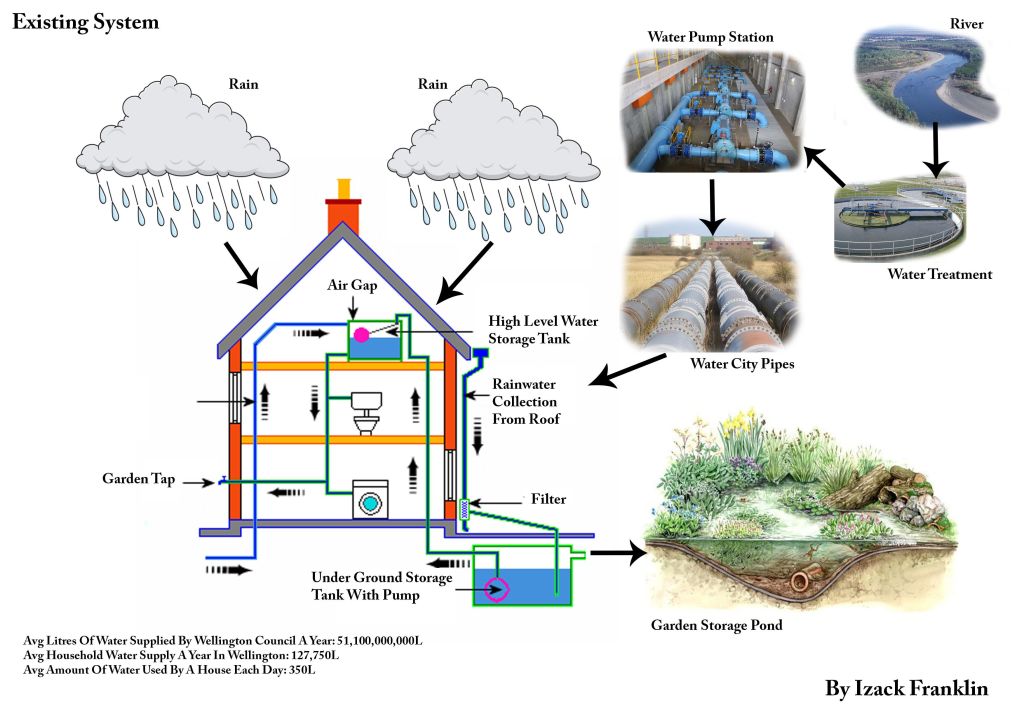Water management is a crucial aspect of maintaining a thriving food forest. With its focus on sustainable and regenerative practices, a food forest requires careful planning and implementation to ensure that water is used efficiently and effectively. Whether you’re a homesteader or simply interested in living more sustainably, here are some important considerations for managing water in your own food forest.
1. Assessing Water Sources: Before establishing a food forest, it’s essential to evaluate the availability of water sources on your property. Identify natural bodies of water such as ponds or streams, as well as potential irrigation options like wells or rainwater harvesting systems. Understanding the quantity and quality of available water will inform your design choices.
2. Designing with Swales: One effective method for managing water in a food forest is through the use of swales – shallow ditches dug along contour lines to capture and hold rainwater runoff. By strategically placing swales within your landscape, you can slow down the flow of water, allowing it to infiltrate into the soil rather than being lost through erosion or runoff.
3. Mulching: Mulching plays a vital role in reducing evaporation and retaining moisture in the soil. Organic mulch materials such as wood chips or straw can create a protective layer over the ground, preventing direct sunlight from drying out the soil while also suppressing weed growth.
4. Drip Irrigation Systems: Installing drip irrigation systems can significantly improve water efficiency within a food forest by delivering targeted amounts of water directly to plant roots without wastage due to evaporation or overspray. These systems can be set on timers or sensors to provide consistent watering while minimizing labor requirements.
5. Companion Planting: Incorporating companion plants that have similar moisture requirements can help optimize water usage within your food forest ecosystem. For example, pairing thirsty plants with those that require less watering allows them to share resources more efficiently while reducing overall demand for irrigation.
6. Greywater Recycling: Implementing greywater recycling systems can be an excellent way to reduce water waste within a food forest. Greywater, which includes wastewater from sinks, showers, and laundry, can be treated and reused for irrigation purposes. By diverting this water away from the sewage system, you’ll not only save freshwater but also provide nutrient-rich water for your plants.
7. Rainwater Harvesting: Harnessing rainwater is a sustainable practice that can supplement or even replace the need for external water sources in your food forest. Installing rain barrels or larger cisterns allows you to collect and store rainwater during wet periods for use during drier times.
8. Monitoring and Adjusting: Regular monitoring of soil moisture levels, plant health, and overall water usage is crucial for effective water management in a food forest. With the help of technology such as soil moisture sensors or weather-based irrigation controllers, you can ensure that your plants receive adequate hydration while avoiding over-watering.
By implementing these practices in your food forest, you’ll not only conserve precious water resources but also create a resilient ecosystem that thrives with minimal intervention. Remember that every landscape is unique, so it’s essential to adapt these strategies according to local conditions and the specific needs of your plants. With thoughtful planning and conscious efforts towards sustainable water management, your food forest will flourish while minimizing its impact on the environment.


Leave a comment